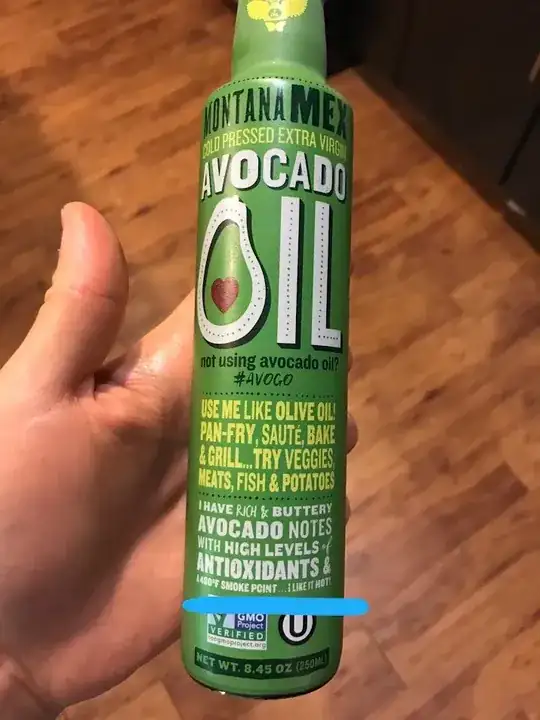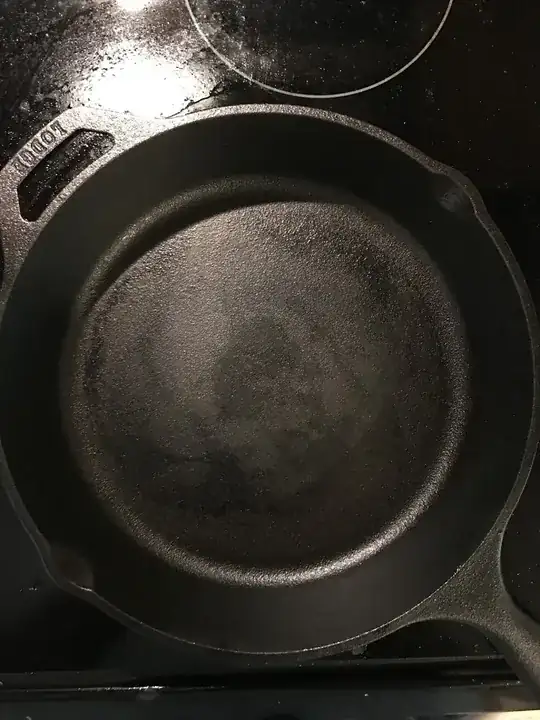I've had my cast iron for several weeks now and have been able to cook with it about 10 times. The problem is, the amount of smoke, and timing of it, have me thinking I'm doing something wrong...
I seasoned it 3 times with canola oil (put in oven at 500 degrees for 1 hour), and only cook with avocado oil (because of its high smoke point).
After letting the pan pre-heat on the "4" setting on the stove (medium heat basically), the smoke appears right when I place the oil in the pan. Now, avocado oil is suppose to have one of the highest smoke points, and for the pan to start smoking at medium heat has me very very confused.
Here are photos of the pan and oil I use


While there is no indication on the oil of it being refined, it advertises on multiple sections of the container that it is intended for high-heat cooking. As for the pan, while there are uneven patches, the surface is smooth and undetectable if you run your finger over the sections.
Any help would be greatly appreciated!